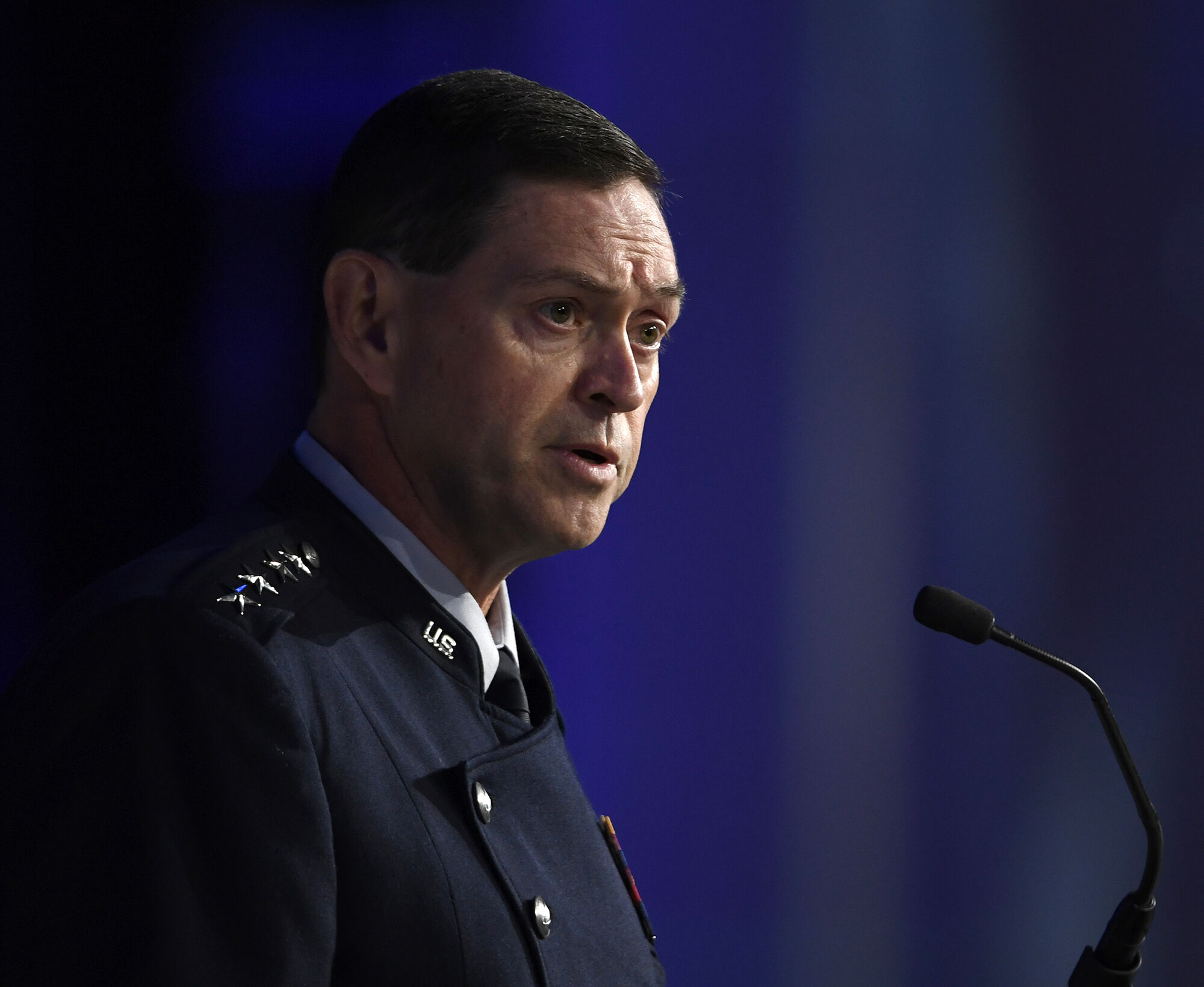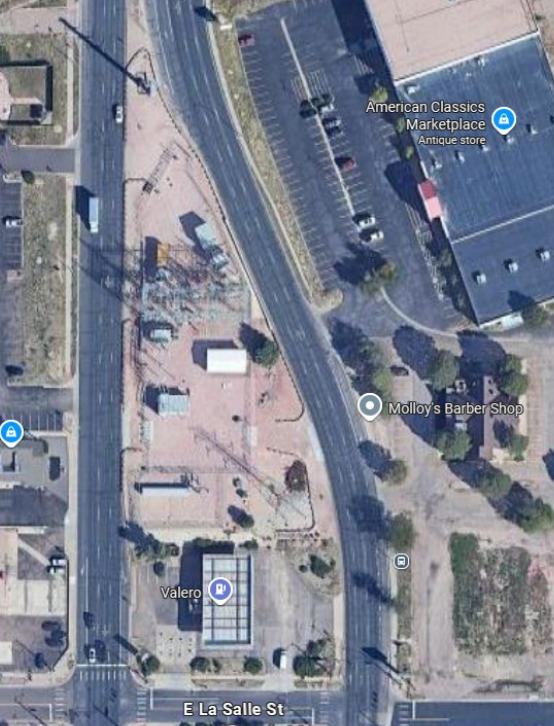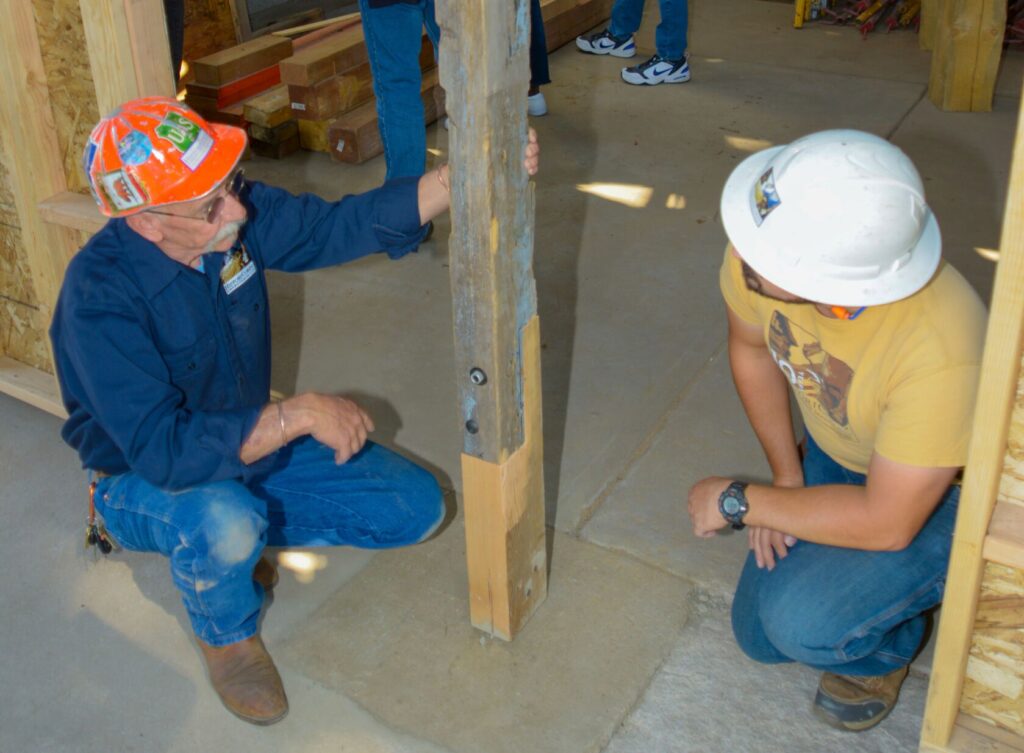Space Force chief calls for ‘radical shift’ in acquisitions

The Space Force wants to build an iterative model to acquire new technology and accept more risks to keep up with threats.
“A capability that is good enough and ready now will always be better than a perfect solution that arrives too late for the fight or one that never arrives at all,” said Gen. Chance Saltzman, chief of space operations. The new process of purchasing technology represents a “radical shift” and could challenge the models of traditional defense companies, he said.
The timeline for just finalizing documents with requirements for a new piece of technology used to take two to three years and actually buying the product could take another seven, a former acquisitions officer previously told The Gazette.
Saltzman envisions technology development for the Space Force that would more closely mirror the development of smartphones. The requirements for the first smartphones would not match what we have now, he noted.
Phone companies released a product measurably better than the flip phones and Blackberries on the market and then gathered feedback from consumers to improve the product, he said.
Now that some satellite constellations will be constantly replaced, and are no longer expected to last 20 years, the military can now accept a little more risk in design, he said.
“You are going to have fewer regrets if you get something a little wrong, which allows you to think differently about the risk,” Saltzman said.
Saltzman outlined the changes Thursday morning during a conference hosted by the Center for Strategic and International Studies and the Hudson Institute. His address followed an announcement by Secretary of Defense Pete Hegseth earlier this month that the Department of Defense would focus on speeding up acquisitions.
As part of that effort, Saltzman is working to build expertise in the Space Force so that all acquisitions officers have a background in operations so they understand what their colleagues need. The first class of officers trained across disciplines including acquisitions, intelligence, cyber defense and space operations graduated during a ceremony at Peterson Space Force Base in August.
He would also like to see acquisitions officers spend more time in positions to gain experience.
“Cycling the jobs too quickly across an unnecessarily large pool of personnel in an attempt to give everyone experience, we give no one the necessary depth of experience,” Saltzman said.
New portfolio acquisitions executives will have the authority to make resource trades within legal limits, a step that will allow them to manage risk and make decisions quickly, he said.
One of the big new investments for the Space Force is expected to be Golden Dome, a new missile defense system, and Saltzman could not say when a finalized architecture for it will be released. Saltzman is also not leading design efforts.
But he did ask defense industry representatives for their patience as Gen. Mike Guetlein’s team works on designing the architecture for the new system that will require “data fusion on a scale we haven’t seen,” he said.
Investments across the Space Force are necessary to keep up with China, as it invests heavily in space and weapons that could disrupt satellites in orbit.
In a recent fact sheet, the Space Force noted that China has ground-based laser weapons that can disrupt, degrade or damage satellite sensors. It is also developing inspection and repair systems for satellites that could be used as weapons.
“We are facing a substantially modern capable — highly capable threat array,” Saltzman said.












